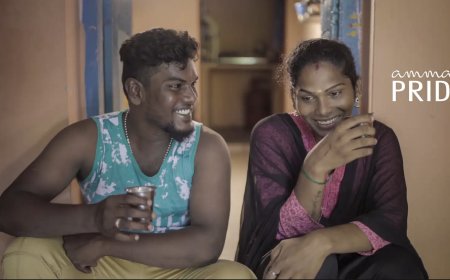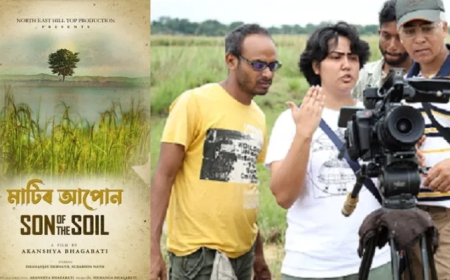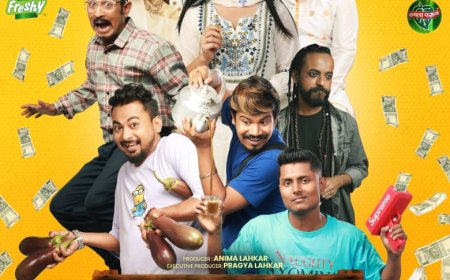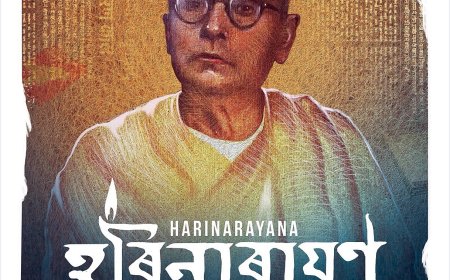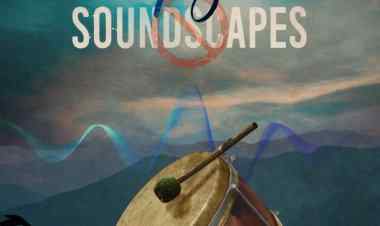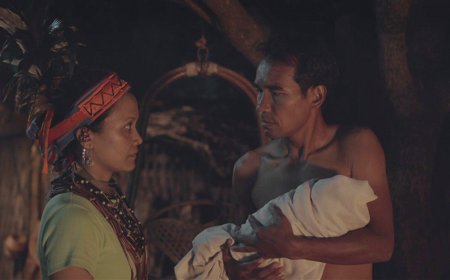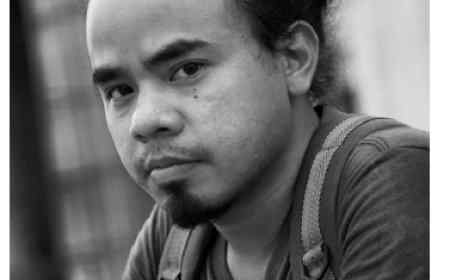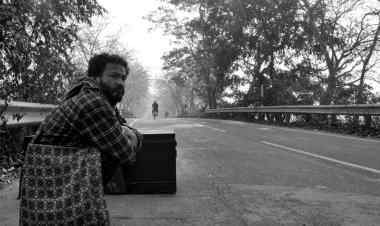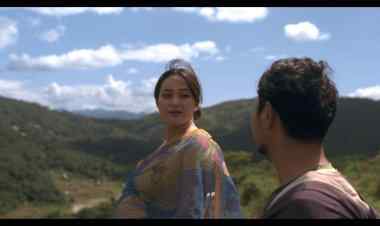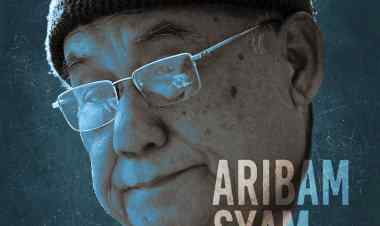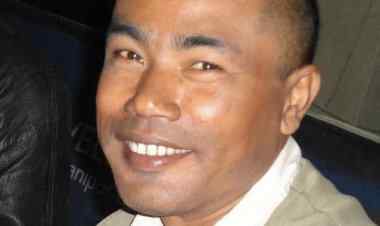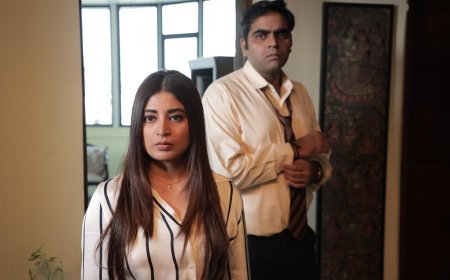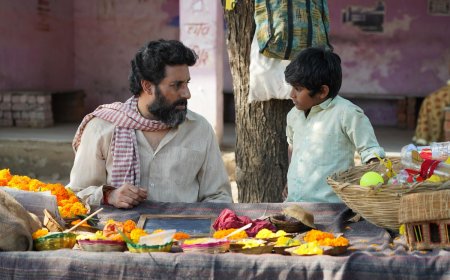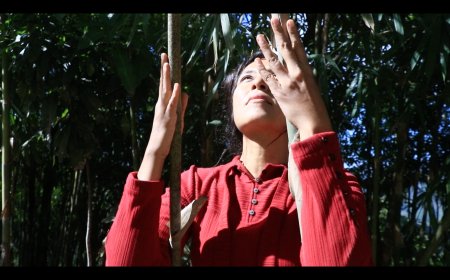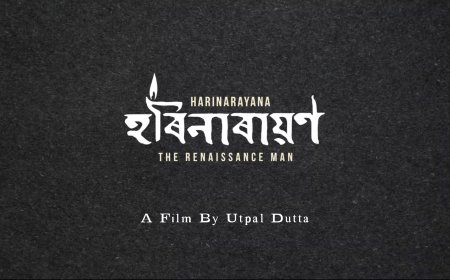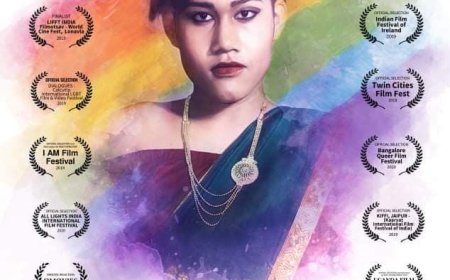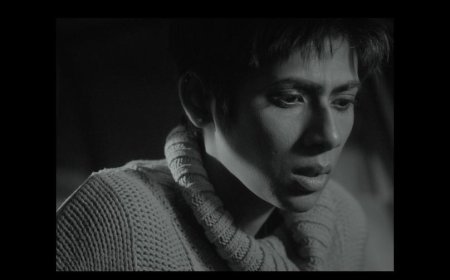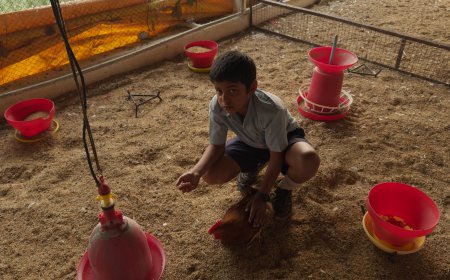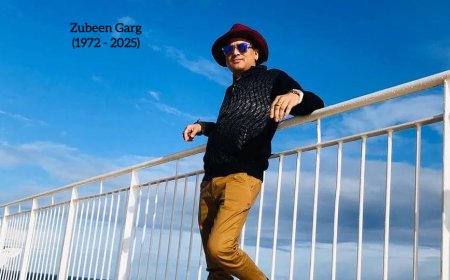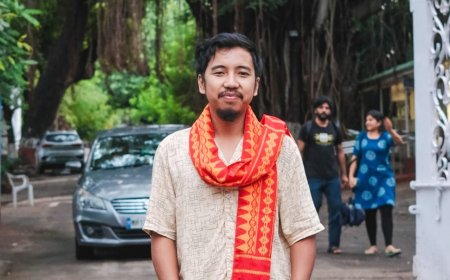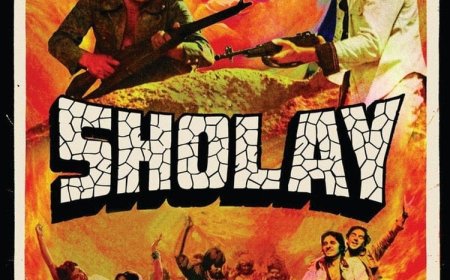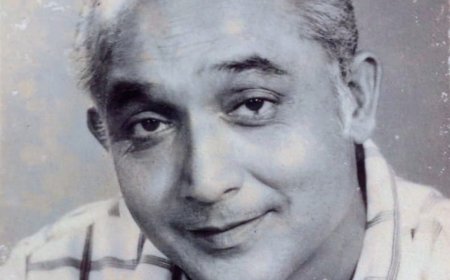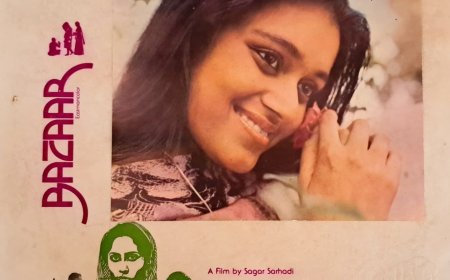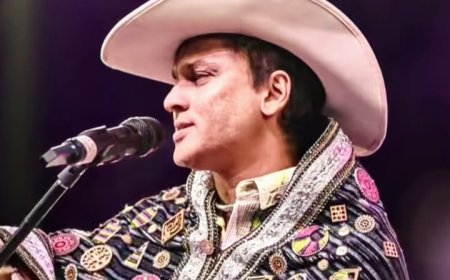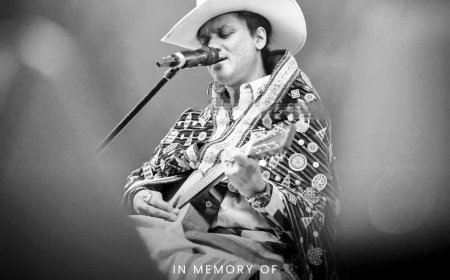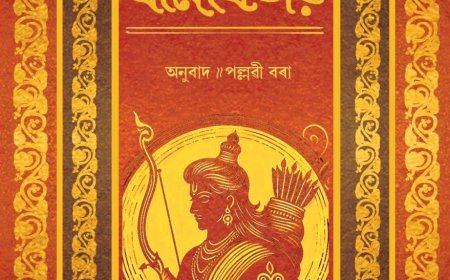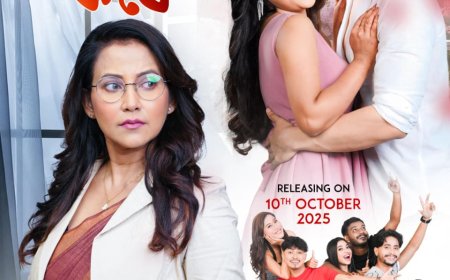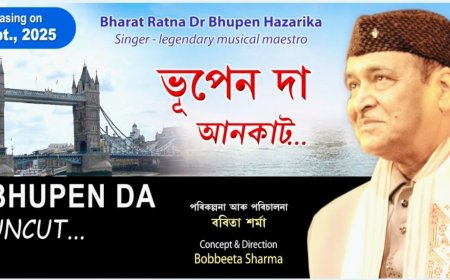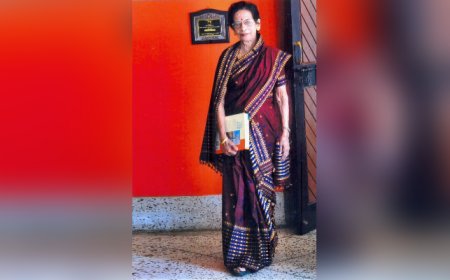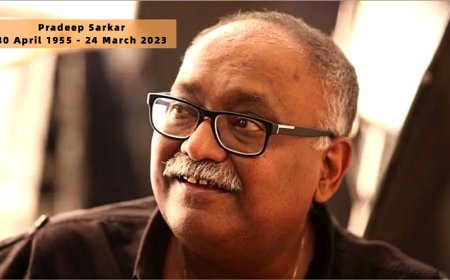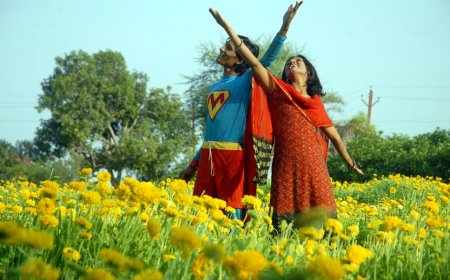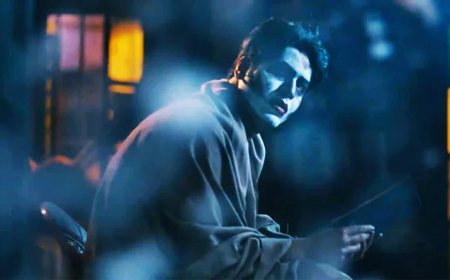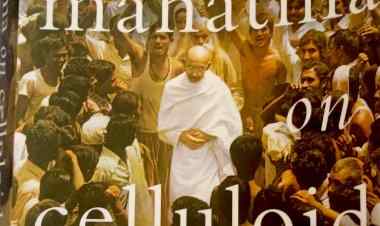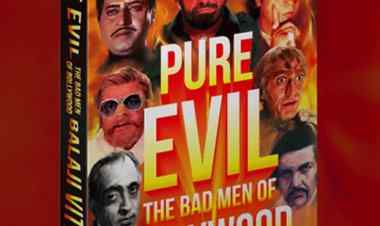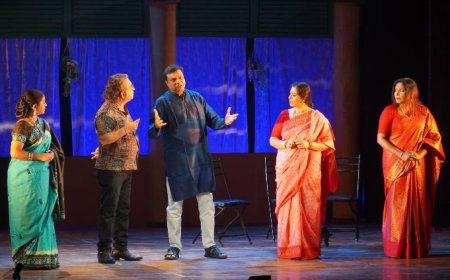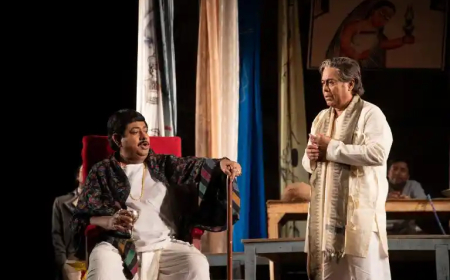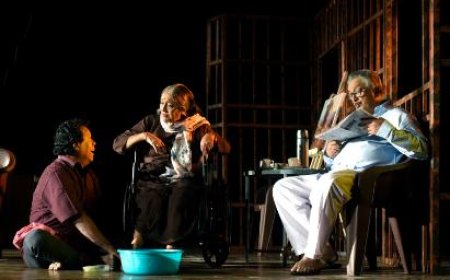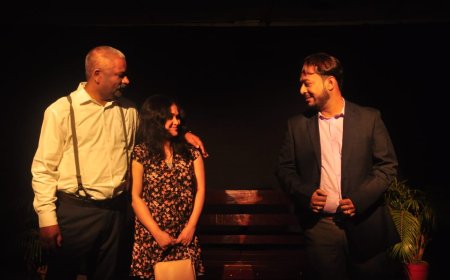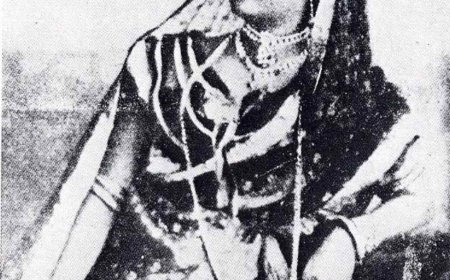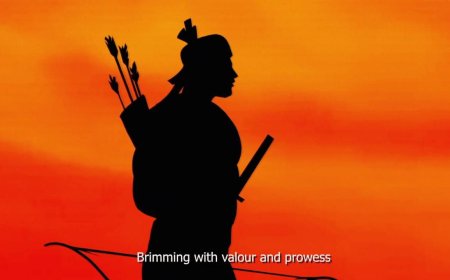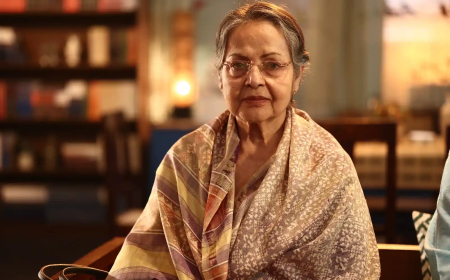In conversation with Remnants of Laughter (2024) filmmaker Arjun PJ
Dipankar Sarkar provides an interview based review of the documentary "Remnants of Laughter (2024)"
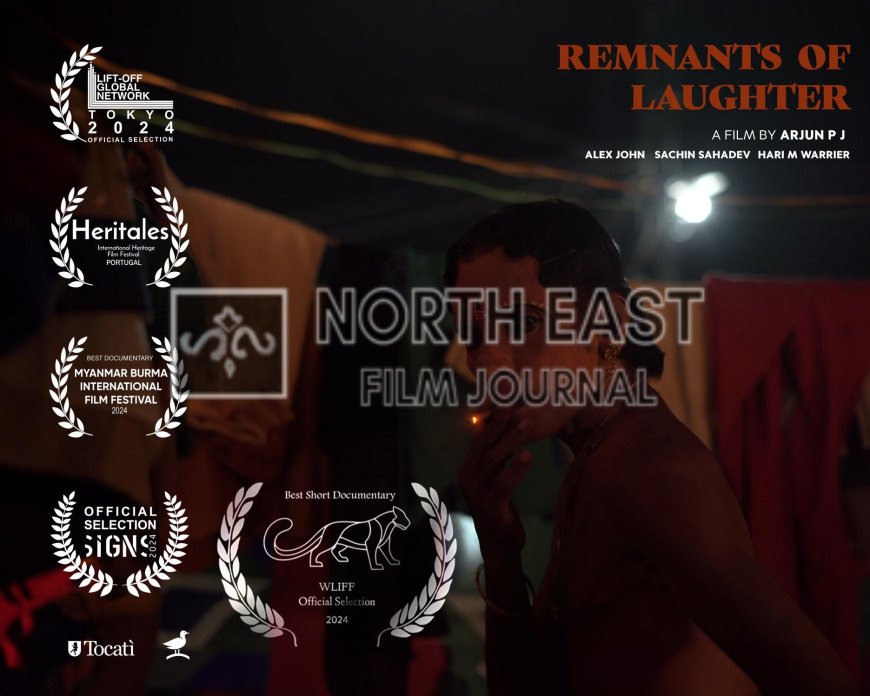
In Arjun PJ’s documentary Remnants of Laughter (2024) we come across a Malayalam dance-drama theater Porattu Nadakam. It is performed by artists belonging to Panan caste, and living in Palakkad , in southern Kerala. Through subtlety, it captures the frustration and hopelessness of the performer. The interviews, along with this approach, allow us to unobtrusively enter the surface of a culture, revealing important documentation of it.
Remnants of Laughter has participated at various film festivals both in India and abroad.
In this interview, the filmmaker talks about the origins of the folk theatre, his experience of shooting the documentary and his future plans.
What motivated you to become a filmmaker?
When I was a kid, my grandpa used to tell a lot of teeny tiny stories, and I have grown with its essence. His mannerisms and the morals behind the stories always had me in a contemplated state throughout my childhood. My motivation to become a filmmaker stems from a lifelong passion for storytelling and the power of visual media. From a young age, I was captivated by movies and how they could transport me to different worlds, evoke a wide range of emotions, and inspire deep thought. My grandpa's way of storytelling influenced me a lot in this regard. Since childhood, I have been imprinted with an enthusiasm towards different modes of storytelling. I have been writing poems and short stories since school; also, during my college time, I was an active person in the college arts club and directed college dramas for university programs, and it has outgrown my passion for movies and direction. After that, I gave all my time to film by doing post-graduation in the field of cinema. My parents and I used to go to the theater to watch all the possible movies and have a fine, healthy discussion. My dad is a passionate critic of this matter. It has given me immense pleasure and joy, and I myself started surrounding myself with film, and how can I not dream about films then.
How did you come across the idea of making a documentary on the Porattu Drama?
To be honest, the word Porattu Matakamis a colloquial slang used in Kerala among the localities to describe whether someone is playing foolishly or something. Unexpectedly, I met the Porattu Matakamactor Renjith, and I came to know about the art form in depth. I was having a thought of doing a documentary, but I was not getting an excited subject to do so. Later on, I started doing my own research on this art form and got to know more about it, their lives and struggles behind it, the ground of this art form, and many more. No one has ever talked about these artists and their struggles; nobody is willing to take it as a career anymore. Why? That's how I came to this documentary, and it's already described well and well in that. As far as I know, it was really important to document this piece of art as it is already in its extinction phase. We have faced a lot of troubles during its shooting days, but everything washed away with the support of porattu nadakam artists, and I am forever grateful for that.
The drama takes place from late in the evening to early morning. How did you plan your shoot to capture the artists performing?
The shooting days were really an exciting and unforgettable moment that I have ever experienced in my journey of film. It was personally a grateful pleasure that I was able to get a special bond with each and every artist, as well as it helped a lot during its shooting. The biggest challenge was to shoot the entire drama in between the overcrowding from evening 6.30 to early morning 7.00 without much lighting or shooting equipment, as it can disturb the natural flow of the drama. The location was in a rural territory of Pollachi, near Palakkad district, where the local layman is not very comfortable with many lights and cameras. The crew members have been abused physically and verbally during the shooting because of the same. But nothing has affected the beauty of Porattu Matakam Documentation, and I would like to mention cinematographer Alex John and his talent at this moment, as he was an impeccable person that I am working with. How much did the documentary shape during the process of editing? The script felt really bland when I came to see the true rhythm of this film during the editing time. It was a challenge to showcase almost 12 hours of this drama with the morning lives of the artists in such a short time. Porattu Matakamis a very lengthy performance, which makes it unique from the other artform. Because of that, the audience could see the silence and blank life during the morning time of each artist's life. The whole film is going with the mix of background music and their folks’ songs. Apart from the normal way of explaining things through dialogues, we let the frames talk about the film, and editing has done its part to shift and elevate the intensity of the film.
Remnants of Laughter has participated in a few film festivals. How important is it to you?
In Kerala, people used to consider Kathakali as our prominent art form, whereas it was only performed between forwarded caste people. During this discrimination, localities of Palakkad district started forming this artform and performed in small temples and sacred places associated with cultivation and local jobs. This art form is truly a revolution, in between the forwarded Keralites and the backward castes. They formed this art form to have their freedom and rights to enjoy their lives by being part of different art forms. The themes of Porattu Matakamoften revolve around social issues, local legends, or moral stories, presented in a humorous or satirical manner to engage the audience. But I was shocked that people in Kerala are not really aware of such a great piece of art till now. Even in today’s world, people are discriminating against porattu nadakam, and that's where I used my sword as film to raise the voice against all the odds of situations that impacted the consideration of the backward people's equality. Yeah, and my voice is this film, of course. I am so grateful and happy that this documentary is getting national and international appreciation also. It is going to have a show at Portugal's Lisbon University, Spain's Tocati Film Festival, Sweden's international film festivals, and various Indian film festivals as well. I consider these appreciations and awards as an acceptance and reward to this art form and artists.
In the future, would you like to direct a fiction film or keep making documentaries?
My ultimate aim is to make a full-length feature film, and I am on the verge of making it happen as well. For me, movies are contagious and addictive; it’s a part of my life like my breath. Movies are not just entertainment—they are a window into different worlds, a mirror reflecting the complexities of human nature, and a powerful medium for storytelling that transcends boundaries. My journey into film direction began with an insatiable curiosity about how movies are made. While others watched films for entertainment, I found myself dissecting scenes, studying the choices directors made, and imagining how one might approach the material differently. I talk and analyze films and the struggles behind them, and I want to do fictional movies and documentaries with the same priority. I love to make films, even from small threads, which excites me. I want to give the priorities that a story seeks and treat them whether to do a film or documentary. Film is a lifelong commitment to the art of storytelling and a desire to leave an indelible mark on the world through the power of cinema. And the more I know its power, the more I am falling for it.
*****
What's Your Reaction?







